Birds in gardens
For many people, their main interaction with wild birds is in urban parks and in their own backyards. Birds are entertaining and colourful, and most Australians welcome their presence. These close encounters provide opportunities to observe bird behaviour, and to develop an understanding of the details of their lives.
There are many ways to attract birds to your garden. Birds Queensland released a brochure in August 2013 describing ways of attracting birds to gardens. The brochure can be downloaded from: Creating your Bird Friendly Garden (PDF, 4 MB). The PDF file is designed for the printer, so one page is inverted.
Some ways of attracting birds are discussed below, along with additional resources.
The Birds in Backyards program also has information on attracting birds to your garden.
Plants that attract birds
Choosing or preserving suitable plants can attract wild birds. Nectar feeders, such as Honeyeaters and Lorikeets, are attracted by the blossoms of flowering plants. Small birds such a Fairy-wrens will be attracted by thickets which offer protection from predators, as well as suitable nest sites. Native grasses provide seeds which attract Finches and other seed-eaters. Large trees with hollows provide nest sites for Lorikeets and Parrots. The presence of flowering plants also attracts insects, which in turn attract insect-eating birds, which will assist in controlling pests in your garden.
The Society for Growing Australian Plants (SGAP) may be able to assist in choosing appropriate species for your area and local conditions.
Bird Baths
Providing a safe source of clean water also attracts birds, which use it for bathing and drinking. The bath should be shallow, so that small birds do not drown. It should be located where it is not accessible to predators such as cats or birds of prey, which may attack birds while they are bathing or dinking and are vulnerable. Hanging a shallow pot or saucer in a tree may provide a convenient solution. The dish should be cleaned and the water changed daily to prevent the spread of disease.
Feeding wild birds
Our native birds are quite capable of feeding themselves throughout the year except in extreme drought. The foods we eat or usually put out for birds are not part of their normal diet. Most birds naturally eat nectar from flowers, seeds, small insects, spiders and grubs of thousands of different types, lerps, and other creatures that live on trees. Some birds also eat reptiles, frogs, rodents, small birds, nestlings and eggs and small mammals.
None naturally eat beef, cheese, large seeds, bread and other human foods. True, many will eat these foods if they are available, but none can live on them and stay healthy.
The birds that eat human foods are usually the large predatory birds that eat small animals, small birds and eggs. (Butcherbirds, Currawongs, Crows, Magpies) By feeding these birds we encourage larger numbers of them with the result that the smaller birds soon disappear from the area.
It is also important to ensure that food put out for pets is not available to wild birds, since it, too, could be harmful.
Nest hollows
Many Australian birds nest in hollows in trees. Many will breed nowhere else and if no suitable hollow is available, they will not breed. Many Australian trees form hollows but usually not until the tree is quite old, sometimes at least 100 years old. Trees with large hollows are often much older.
Land clearing for houses, roads, parks and playing fields, factories, farms, grazing lands or whatever has destroyed millions of trees and millions of nesting hollows. This has robbed many birds of their breeding sites, and has led to vast reductions in bird numbers in some areas. Feral bees, Common Mynas, and possums also use nest hollows, so there is more competition for the limited number of hollows left.
Every old tree with hollows is valuable to birds, even if we see it as just another old, dead or dying tree. Planting lots of new trees may provide good hollows in 50, 100 or 150 years time but that won’t be much use if there are no birds left to breed.
Nest boxes
One way to help fill the shortage of tree hollows is to build and erect nest boxes. Boxes need to be designed to suit particular birds. Pale–headed Rosellas need smaller boxes than Red-tailed Black Cockatoos. The entrance hole also needs to be of a size to suit the bird. If this hole is too big predators can easily attack eggs and nestlings.
Encouraging these larger birds leads to the local extinction of smaller birds.
Positioning the box correctly is essential as this can determine if birds will make use of your nest box or ignore it. Monitoring the box is necessary to ensure it is not taken over by undesirable species. If Bees or Common Mynas take over the box it should be taken down and the invaders destroyed. After a thorough cleaning it can be re-sited.
South – East Queensland has 87 bird species, 35 reptile species and 55 mammal species that will use tree cavities for nesting and/or shelter.



